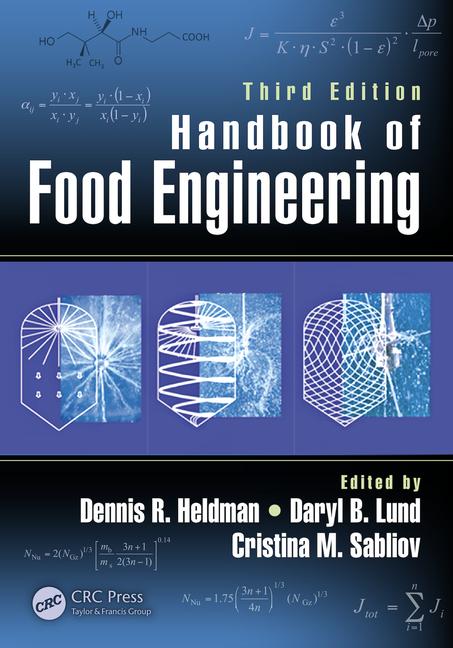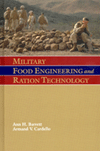
SDC also is attracted to the protein in a microorganism’s protective membrane (right). The small white circles on the blue object represent SDC. The silver then destroys the cell wall. Source: Pure Bioscience.

Silver dihydrogen citrate (SDC) attacks microorganisms in two ways: bacteria and viruses ingest it, allowing the particles to bind to the host’s DNA (left image) and disrupting metabolic and reproductive activity.
The number of products using nanoscale silver has exploded in recent years. A washing machine with a silver-ion generator to sanitize clothes became the focus of regulatory review in September 2007 when EPA used it as a jumping off point for shaping new policy for this technology. A landmark $200,000 settlement last year against the maker of computer keyboards coated with nano-silver drew more attention, and a petition by the International Center for Technology Assessment demanding review of hundreds of products with nanosilver added more fuel to the fire.
While the controversy doesn’t involve SDC, it does help explain why Pure Bioscience has waited eight years and counting to begin producing a concentrated solution of stable silver ions for use in food facilities. Steering Pure Bioscience on its regulatory voyage is Dolana Blount, senior microbiologist and director of regulatory affairs for the El Cajon, CA, firm. Blount has worked extensively on regulatory issues with EPA, FDA and the Department of Transportation. She also oversees manufacturing and quality assurance and manages new product development, research, custom-study design and testing. Before joining the firm in 1998, Blount was the chemical compliance coordinator and safety officer for a distribution company. She holds a BS in microbiology from the University of California San Diego and has managed several post-graduate research projects.
FE: How do you create SDC?
Blount: A silver ingot is placed in a bath of citric acid, and an electrical current is generated. Silver ions are thrown off and form a complex with the organic acid. Other companies also generate silver and copper ions in solution, but we found a way to stabilize them. The SDC complex can have a shelf life of several years. Besides citric, we’ve identified 14 other acids that can be used to form the complex to address specific issues. They include acetic acid, aspartic acid, malonic acid and cystine.
At some point, the ability of the ingot to throw off ions is exhausted. We then send it to a supplier who processes the ingot and then returns it to us for another production cycle.
FE: How does it combat bacteria and viruses?
Blount: Citric and other acids used in the complex are carbon based, which living organisms recognize as food. Bacteria, fungi and viruses ingest it, and the SDC binds to the DNA and intracellular proteins, causing irreversible damage and halting reproductive functions. We call it a Trojan horse effect.
Silver ions also kill from the outside. Silver has an affinity for the proteins in the surface membrane of microbes. The ions attach themselves and quickly destroy the membrane, ending the target’s life. Because of this two-pronged approach, microbial resistance to SDC doesn’t appear to occur.
FE: The smallest food pathogens are about 5 microns. How minute is SDC?
Blount: The SDC molecule is about 600 by 800 picometers. A picometer is one-thousandth the size of a nanometer. There are 1,000 nanometers in a micron.
FE: How effective is SDC against microbes of concern in the food industry?
Blount: The original formulation was 12 parts per million (ppm), which typically killed microbes in two minutes. When we decided to register SDC as a sanitizer for food contact, we boosted it to 30 ppm. Independent testing indicates it can kill listeria monocytogenes, salmonella enterica and staphylococcus aureus within 30 seconds. The longest kill time for food pathogens is two minutes for e. coli 0157:H7 and campylobacter jejuni. Avian influenza A is a concern in live poultry; it is killed in 10 minutes.
When used as part of a sanitation strategy, the residue provides some long-term protection. We have done tests where, 24 hours after a solution was applied to a surface, we attempted to establish a staph culture on the surface. SDC reduced or eliminated the organism within two minutes.
FE: Are there any commercial applications yet in food?
Blount: We’ve been talking to packaging suppliers and food processors and are looking for partners who want to address particular applications, and there have been trials outside the United States. It was highly successful in a pilot test involving seafood, for example, and the Red Cross has used it to purify drinking water during disaster-relief efforts.
Recently we reached a distribution agreement with BioTech Medical to offer SCD to the cruise industry, which has had problems with norovirus. Because they operate in international waters, cruise ships are exempt from restrictions on SDC on food-contact surfaces. But until we receive EPA clearance, ships can’t use it while docked at a US port.
FE: What applications do you see in food plants?
Blount: It could be used as a preservative or as a post-slaughter wash in meat plants. Sanitation of equipment has great potential, of course, but it could also be incorporated in the soaker pads for packages of meat and poultry. We produce it in an aqueous state, but it could be reconstituted as a solid or as part of the matrix of a food-contact surface.
FE: What is the status of regulatory approval?
Blount: SDC was registered as an antimicrobial pesticide in 2001. Two years later, we wanted to register it as a sanitizer for use on food-contact surfaces, but the EPA told us to hold off on our petition until they established a policy for handling exemptions from the regulations on maximum allowable residue levels. We finally filed our petition for exemption in January 2007, and we’re still waiting. The EPA’s office of general counsel is still reviewing the petition. Once they sign off, it will be published in the Federal Register and we can amend our end-product registration to include food surface applications. That will clear the way for commercial use in food plants.
FE: Silver ion as a coating on metal or as an additive to a polymer matrix in plastic conveyor belting and other contact surfaces failed to attract broad industry use. Why would SDC receive a better reception?
Blount: There’s always resistance to change, even when the new material outperforms existing materials. But as more people focus on technologies that are less toxic and safer for the environment and the people who use them, they will at least test SDC.
EPA has four toxicity categories. Traditional disinfectants and sanitizers are in the most-toxic category. SDC is in category four, which means no cautionary language or first-aid warnings are required on containers, and workers don’t have to wear masks, gloves or other protective gear.
Andrew Arata, the inventor of SDC, was looking for a non-toxic, environmentally friendly way to purify swimming pools with catalyzers when he came up with silver ions in combination with citric acid more than 10 years ago. Andrew still is involved with the company.
FE: What’s the prognosis for gaining regulatory clearance this year?
Blount: We’re holding our breath on EPA and are hopeful there won’t be any more extensions on our petition. It doesn’t appear there has been a new EPA-approved disinfectant in more than 30 years, so we’re in uncharted waters.

